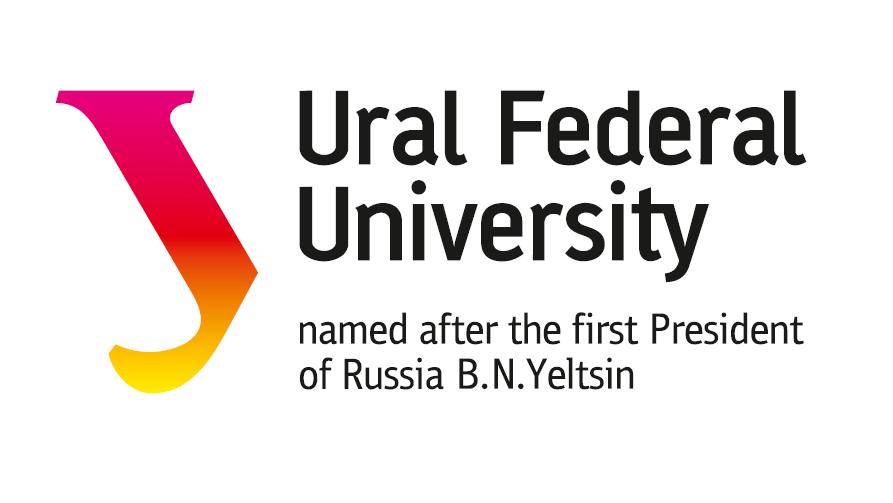Ural Federal University: Scientists Traced the Impact of Abnormal Temperatures on the Economy of Russian Regions
Researchers at Justus Liebig University of Giessen, the Leibniz Institute for East and Southeast European Studies (Germany), and Ural Federal University have analyzed how excessively high and low temperatures as well as precipitation affect economic activity, employment, income distribution, and migration in Russian regions. Such a study was conducted for the first time. An article with findings from the study was published in The Review of Income and Wealth.
“The previous period of transition from a planned to a market economy was characterized by falling GDP. In order to exclude distortions of the results by transition statistics, we used post-transition samples,” explains Vladimir Otraschenko, a researcher from the University of Giessen.
The researchers used data from Rosstat and Roshydromet for 2000-2015 as sources of information. Based on the statistical data, the researchers found, in particular, that a sequence of at least three extremely hot days (when the average daily temperature rises above +25°C) reduces the gross regional product per capita. Ten additional hot days in a year result in a drop in per capita gross regional product of almost 2%, which is a tangible loss. At the same time, individual hot days have no noticeable effect on the regional economy. This conclusion applies to both poor and affluent regions.
And yet, the economy and population of regions in need are more susceptible to the negative impact of extreme temperatures. The reasons for this effect are climatic pressure on industry and agriculture, redistribution of labor force from employment to unemployment (including due to the impact of heat stress on health, cognitive abilities and productivity), at the same time – higher prices (primarily due to droughts and crop failure – for food) and, as a consequence, a drop in real income.
On the other hand, one-day heat waves and normal precipitation contribute to an increase in both the middle-income group and its income. This, the researchers believe, is due to the concentration of agriculture and agricultural workers in poor regions: for agricultural production, brief heat waves and moderate precipitation are favorable and lead to a reduction in inequality. In wealthy regions, a one-day heatwave reduces employment in commerce, and a prolonged heatwave reduces the number of people employed in manufacturing, but in both cases the damage is negligible.
Researchers have developed a methodology for estimating the effect of hot and cold days on the economy according to their duration. Several consecutive hot days are harder on people and the economy than one even hotter day. But short- and long-term low temperatures (below -23°C) and heavy precipitation generally have no impact either on the regional gross product or on income distribution. There is even a slight increase in employment in the mining and manufacturing industries.
“This may be due to specific regulations that help deal with the effects of the cold. For example, there are official state requirements for indoor working temperatures, outerwear, and length of outdoor work depending on various weather conditions. In unusually cold temperatures, the work day may be shortened or even cancelled. In addition, because of the special climatic conditions in some regions, a compensatory wage increase is introduced and early retirement is allowed. For example, in northern regions men retire at 60 and women at 55, whereas in general the retirement age is 65 and 60 respectively,” says Olga Popova, associate professor of economics at UrFU and researcher at the Leibniz Institute for East and Southeast European Studies.
Multi-day periods of cold weather reduce the proportion of people employed in the mining industry in rich regions. This can be attributed to a shift of labor to manufacturing, a sector that is less exposed to low temperatures. In poorer regions, mining is more modestly represented, but the effect is the same: persistent cold weather sends the labor force under the shelter of manufacturing.
Speaking of precipitation, in poor regions it reduces the ranks of workers in construction and increases those in manufacturing. Rich regions are not noticeably affected by precipitation.
“Another possible strategy for adapting to climatic trials is migration: people may move from hotter places to cooler ones. Thus, territories with a cold climate may attract both internal and foreign migrants. All the more so because such regions are more well-off: mining, mining and energy companies are mainly concentrated there, the level of wages is higher and there are more opportunities for employment,” adds Vladimir Otraschenko.
On the one hand, the relatively large number of cold days gives Russia an advantage over other countries of the world. On the other hand – for 20 years, from 1995 to 2015, the average number of days with a temperature above +25 ° C has doubled. The increase was observed in the Central, Southern, North Caucasus, Volga and Siberian federal districts. The rate of increase in the average annual temperature was 2.5 times higher than in the world as a whole. This trend is likely to continue due to increasing global warming. This means that the permafrost zone will degrade, and serious floods and droughts will become more frequent.
“As a result, there will be fewer territories that are favourable for life and production, and more and more poor regions that lack their own resources to adapt to the consequences of global warming. This will challenge the federal authorities to provide such regions with additional seasonal assistance, as well as to more actively support employment, primarily in the form of retraining,” Olga Popova summarizes.
We should add that in previous works on Russia Vladimir Otraschenko and Olga Popova found: abnormally high temperatures have a negative impact on the health of the population, as well as stimulate individual aggressive behavior and, as a consequence, increase violent mortality. In further research they plan to analyze in more detail the impact of climate change on different types of income – households, entrepreneurs, etc.

